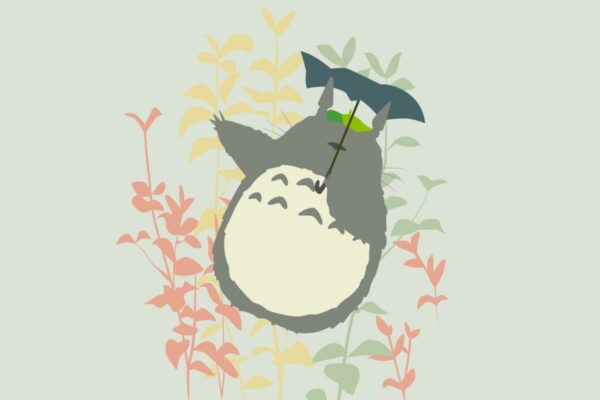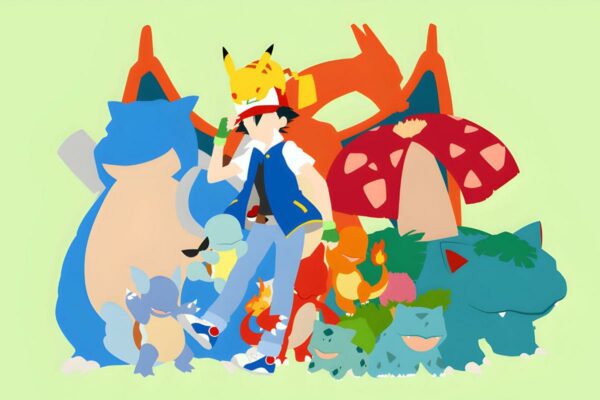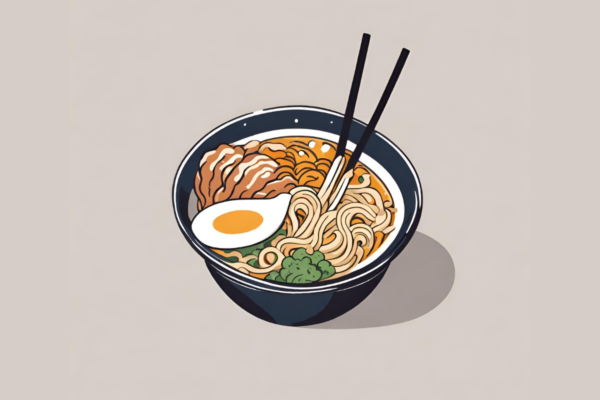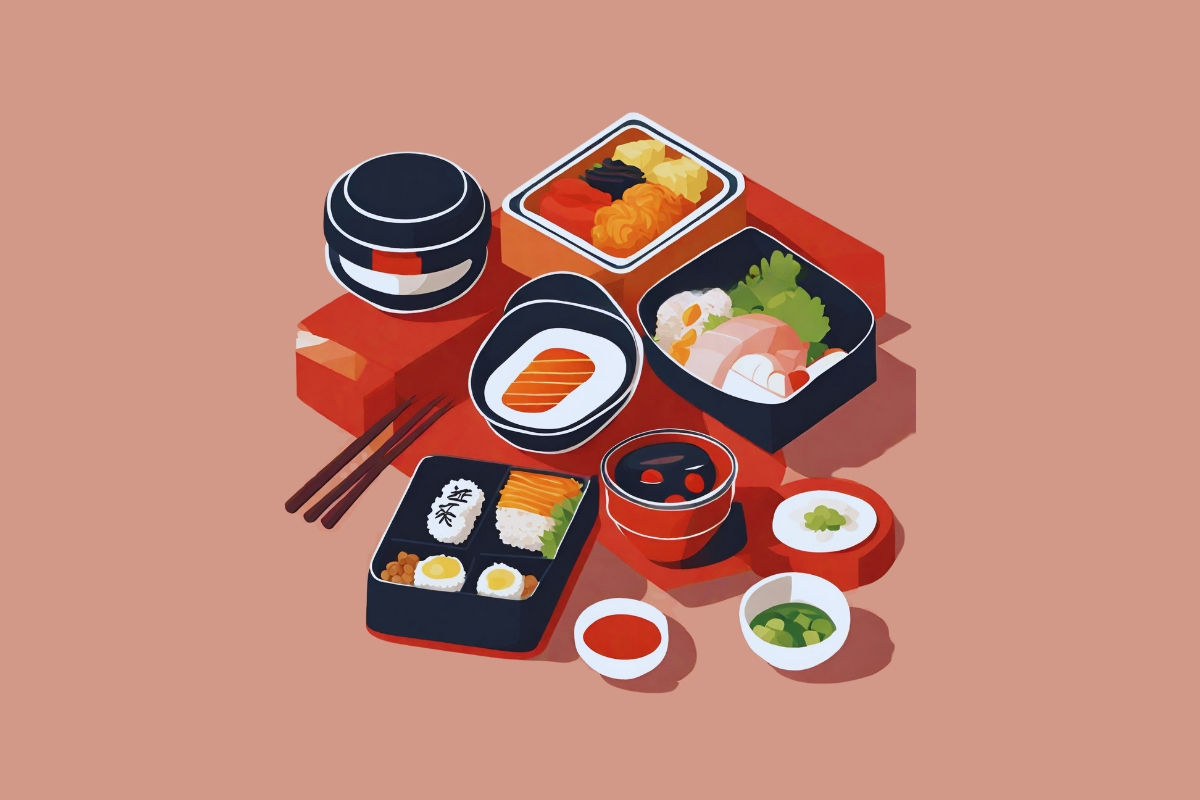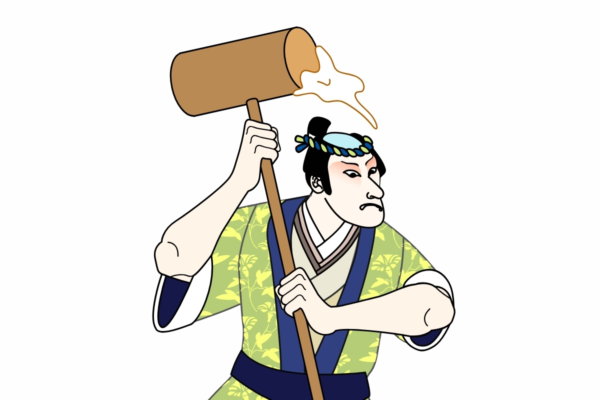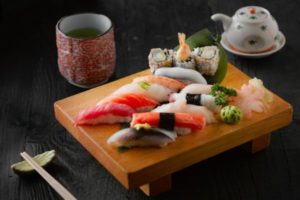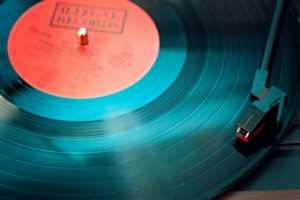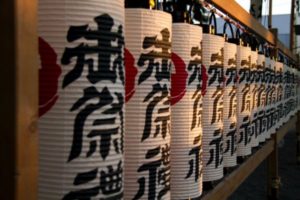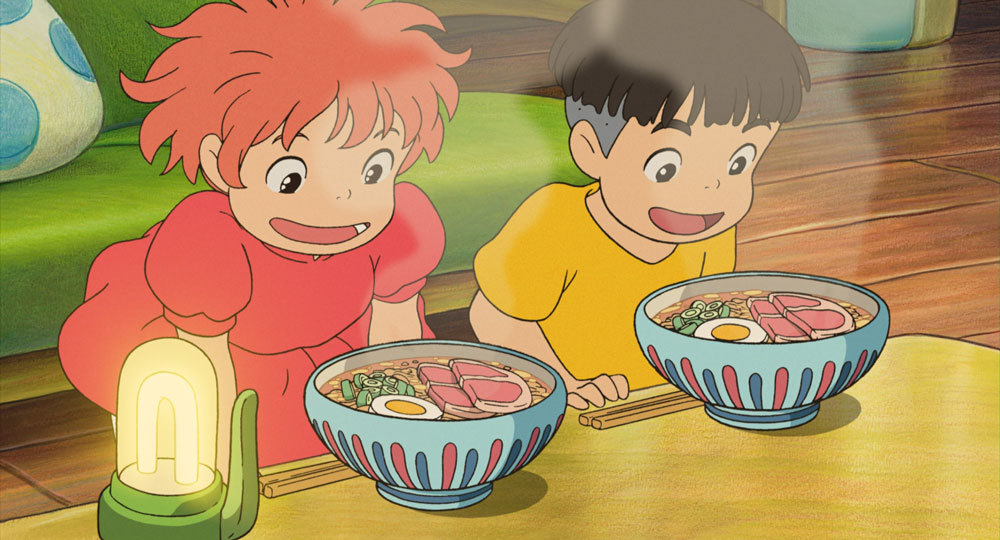2015 was a moment in history that changed Japanese whiskey forever. This was the year that the reputable whiskey critic Jim Murray named in his Whiskey Bible a Japanese whiskey – Yamazaki Single Malt Sherry Cask 2013 – to be the world’s best, with no Scotch whiskies making it to the top five. Japanese whiskies had been slowly creeping up the ladder for years but it was this defining moment that truly altered its international reception and recognition.
Whiskey, after all, is not the first thing that often comes to mind when we talk about Japanese alcoholic beverages. Izakaya scenes are often filled with images of foam-lined beer mugs, and for good reason – Japan’s finest brews (Asahi, Kirin, Sapporo, and the like) are popular nationally and worldwide.
At Japan Nakama, we’re big fans of Japan’s national beverage, sake, and have covered it on various occasions (See here, here, and here). Now, we thought, is as good a time as any to take a closer look into their friends in the industry – Japanese whiskies.x
So, what actually is Japanese whiskey?
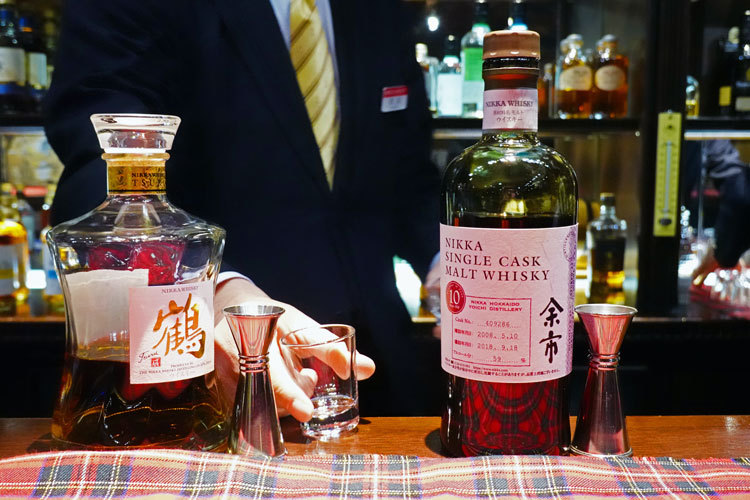
Japanese whiskey is relatively young – the first distillery opened in Japan only in 1923, less than 100 years ago. Japanese whiskey is most similar to Scotch whisky, as it was brought to Japan by Masataka Taketsuru, a chemist who had studied the art of distilling and whiskey production as an apprentice in Speyside and Campbeltown in Scotland. On his return to Japan, Taketsuru opened the first distillery – Yamazaki Distillery – with Shinjiro Torii, then a wine importer who founded Kotobukiya (now Suntory).
After 11 years in the company, Taketsuru left to build his own distillery in Hokkaido, where the region and climate reminded him of Scotland. This would turn out to be the birthplace of Yoichi Distillery, owned by Nikka. Today, Suntory and Nikka are the two giants dominating the Japanese whiskey industry, with Suntory owning the brands Yamazaki, Hakushu, and Chita, while Nikka owns Yoichi and Miyagikyo.
What is special about Japanese Whiskey?
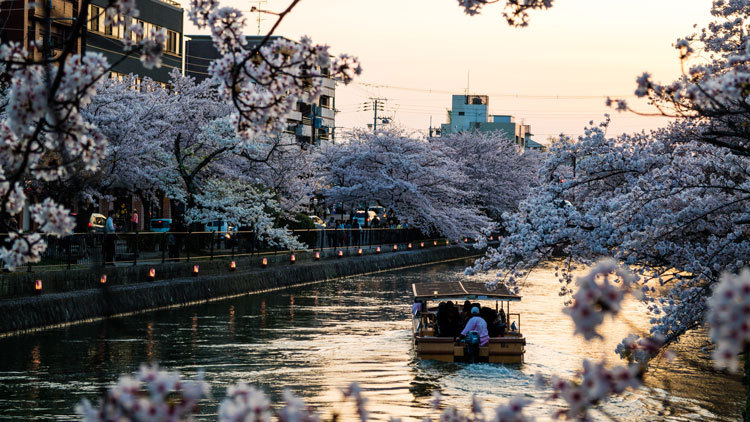
Japanese whiskey is special in various different ways, the most distinct of all is that Japanese whiskey blending is typically performed in-house. In Scotland, whiskey blends are typically made by combining whiskies that are produced from distilleries across the country. In Japan, however, the nature of the industry is such that whiskey companies tend to own the distilleries and the brands without mixing with competitors.
This means that a blended whiskey such as Hibiki will be made from malt whiskies from Yamazaki, Hakushu, and grain whiskey from Chita, all of which are owned by Suntory. Because of this, producers can use all sorts of pot stills for distilling the spirit, and casks of different sizes and woods (such as Japanese mizunara oak or sherry casks) to create a plethora of flavours.
Another special aspect of Japanese whiskey is the superb quality of water that is used to make it. In fact, the first Yamazaki distillery was opened in Osaka Prefecture because of its proximity to the many rivers near the region, where several centuries ago a tea master had chosen to build a tea room nearby for its access to the pristine water. To see what is actually special about Japanese whiskey in action, we’ve included one of our favourite scenes from the movie Lost in Translation, featuring Bill Murray.
Enhancing the Experience with Whiskey Glasses
To get the most out of your first few sips of Whiskey, it’s essential that you use the right glassware. Whiskey can be enjoyed in a variety of glasses, and unlike wine, you don’t have to use different glasses for different types of whiskey. Whether it’s a Yamazaki Single Malt, a traditional Nikka Taketsuru Pure Malt, or a Toki Blended, having a glass that you love is part of the experience.
Remember to always respect the Art of Whiskey making. Whiskey glasses come in all shapes and sizes. Old Fashioned whiskey glasses have straight edges, whereas the Kori Whiskey glass has a lotus-like look.
Wide and thick bases distinguish the top whiskey glasses. This is good for a number of reasons. First, if you like your whiskey on the rocks, the thick bottom will keep it colder for longer and prevent the ice from melting too rapidly. The same is true if you like whiskey stones, since glass is a poor heat conductor, allowing the whiskey to remain colder for longer. A large hole also makes it simple to fill with ice.
Drinking from a Whiskey glass is a way to show your appreciation for the skill of the maker, as well as a way to appreciate their craft. If you want to get the most out of a whiskey, you need to be able to smell it and appreciate the aromas that come from it. You also should inhale the whiskey’s aroma before taking a sip.
The Asama Japanese Whiskey Glass glass is geographically mapped to Mount Asama in Japan, the birthplace of the famous Karuizawa Distillery, and arguably one of the rarest whiskies in the world.
- Capacity: 200ml
- Material: Heat Resistant Glass
- Height: 73mm, Diameter: 70mm
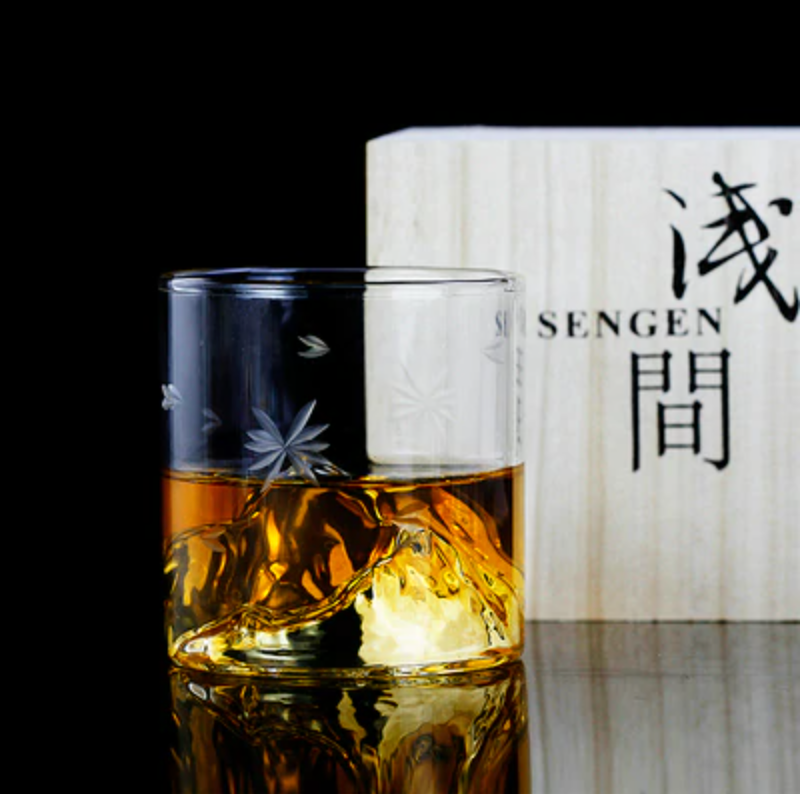

This Bonsai tree root inspired Whiskey glass is a work of art. Harmony, balance, and patience are all synonymous with bonsai plants. Zen Buddhists believe that bonsai trees can be used as a means of contemplation and meditation.
- Capacity: 260ml
- Material: Heat Resistant Glass
- Size: 5.5x10x7.5 (cm)
The Fuji Whiskey Glass is designed to look like the mouth of Mt. Fuji in Japan. Mt. Fuji’s majestic beauty creates an indelible imprint on the observer, wrapping one in a state of bliss.
- Capacity: 220ml
- Material: Heat Resistant Glass
- Height: 85mm, Diameter: 55mm
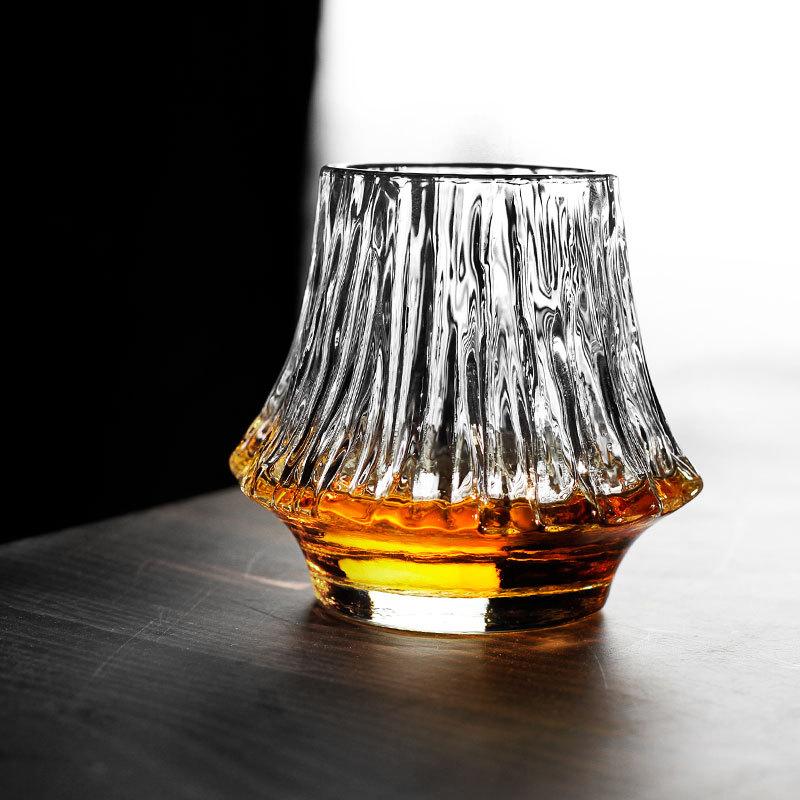
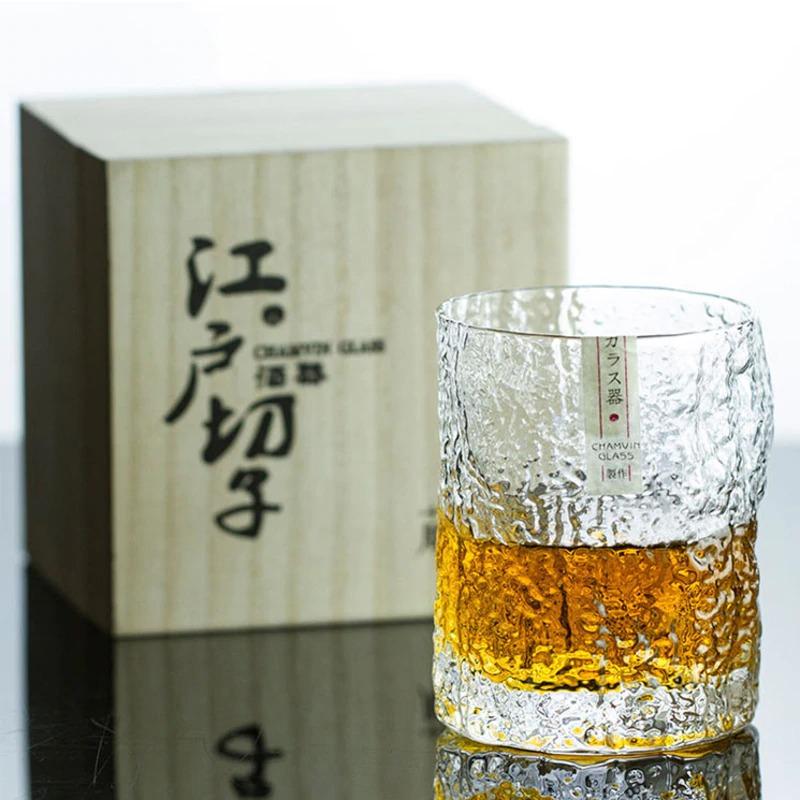
The Hisame is Japanese Whiskey glass is designed to resemble the Ice Storms (Hisame “Ice Rain” in Japanese) of Northern Japan.
- Capacity: 260ml
- Material: Heat Resistant Glass
- Height: 70mm, Diameter: 94mm
The Iwa Whiskey glass is inspired by the rocky landscape of Japan’s unique geography. In Japanese, Iwa means “rock.”
- Capacity: 255ml
- Material: Crystal Glass
- Height: 75mm, Diameter: 90mm
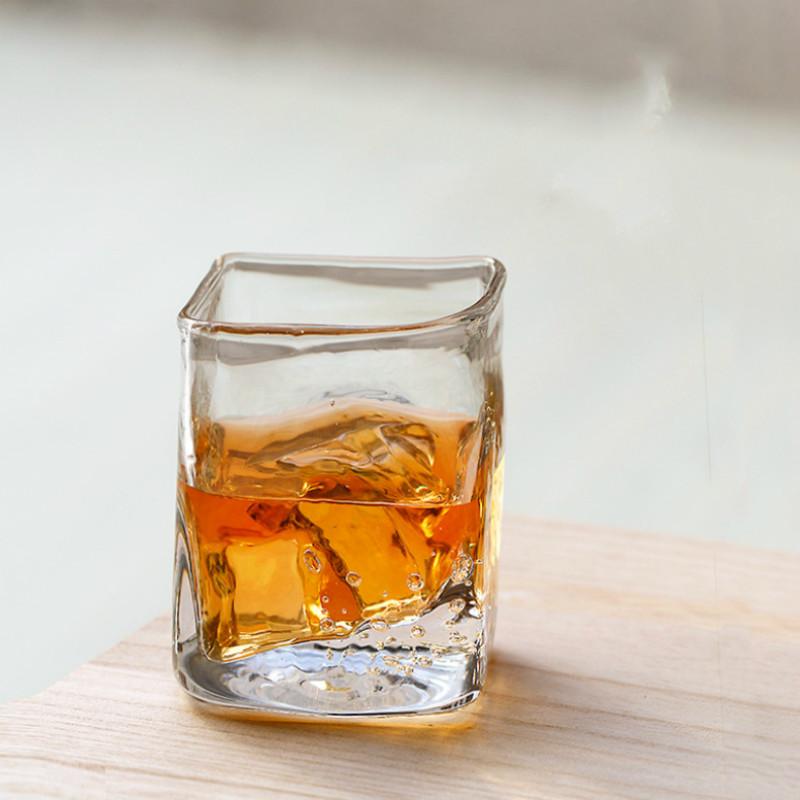
How to get started with Japanese Whiskey?
Japanese whiskey is infamous for being expensive, especially due to increasing interest and limited demand. In 2018, a 50-year-old Yamazaki first edition was sold for $343,000 at an auction in Hong Kong! So how do you get started? For this purpose, we have compiled a shortlist of 3 affordable (relatively, given the usual price range), accessible Japanese whiskey for those who are keen to try.
An absolute classic, the Yamazaki 12 Year Single Malt is the most expensive in this list, and was one of the first Japanese whiskies to enter the UK market.
Flavour profile from The Whisky Exchange: cinnamon, orange, pineapple, honey
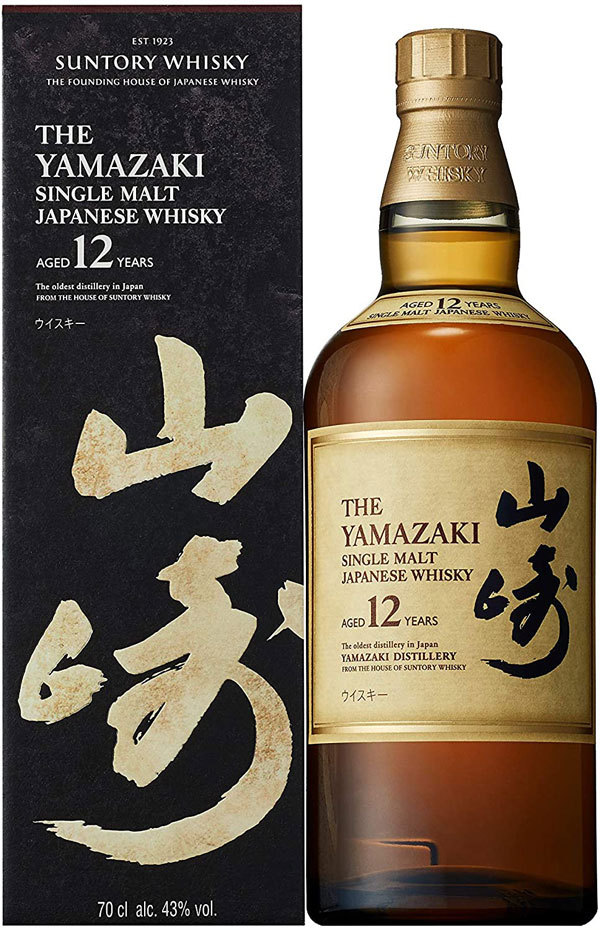
Hibiki contains a blend of malt and grain whiskies from Yamazaki, Hakushu, and Chita.
Flavour profile from The Whisky Exchange: black pepper, cinnamon, orange, apricot, oak
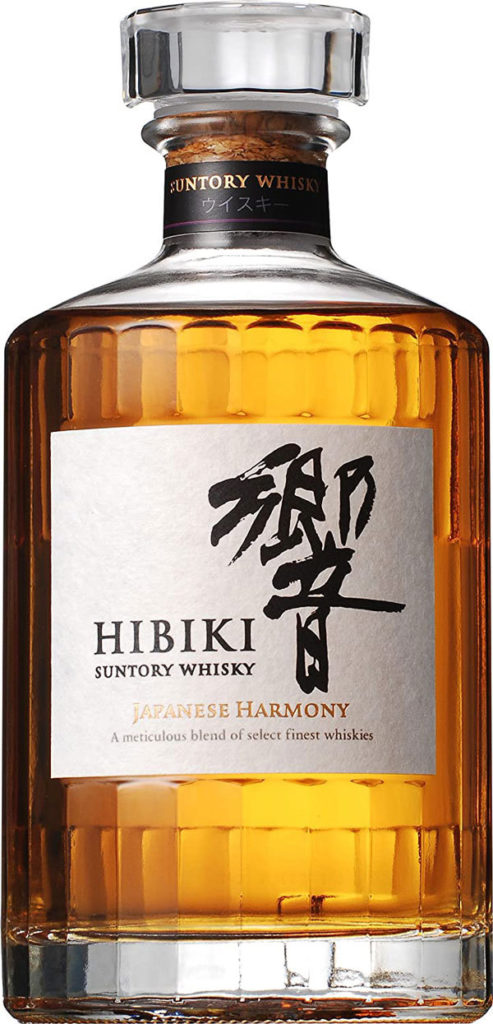
The Nikka Taketsuru Pure Malt is a non-age-statement blend containing a high percentage from the Miyagikyo and the rest from Yoichi. This has been aged for 10 years including in sherry casks.
Flavour profile from The Whisky Exchange: clove, pear, cherry, smoke, butterscotch, plums

Finally, we’ve included a video from Suntory introducing their Yamazaki Distillery:
Although the distillery is currently closed for visits, a tour can still be seen here:










